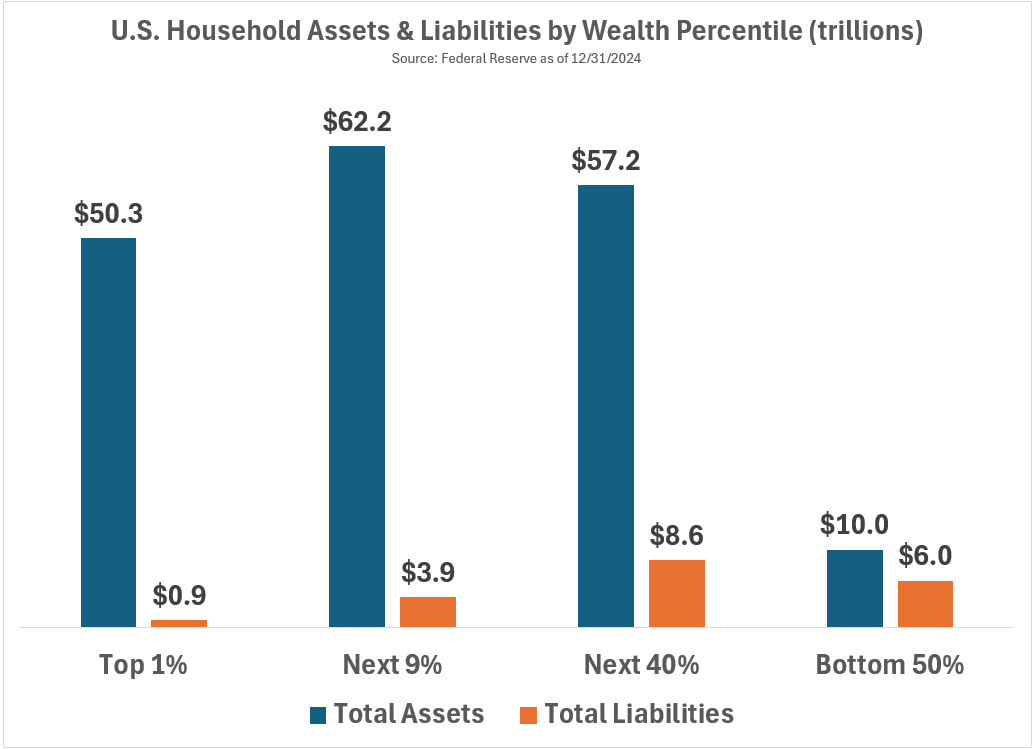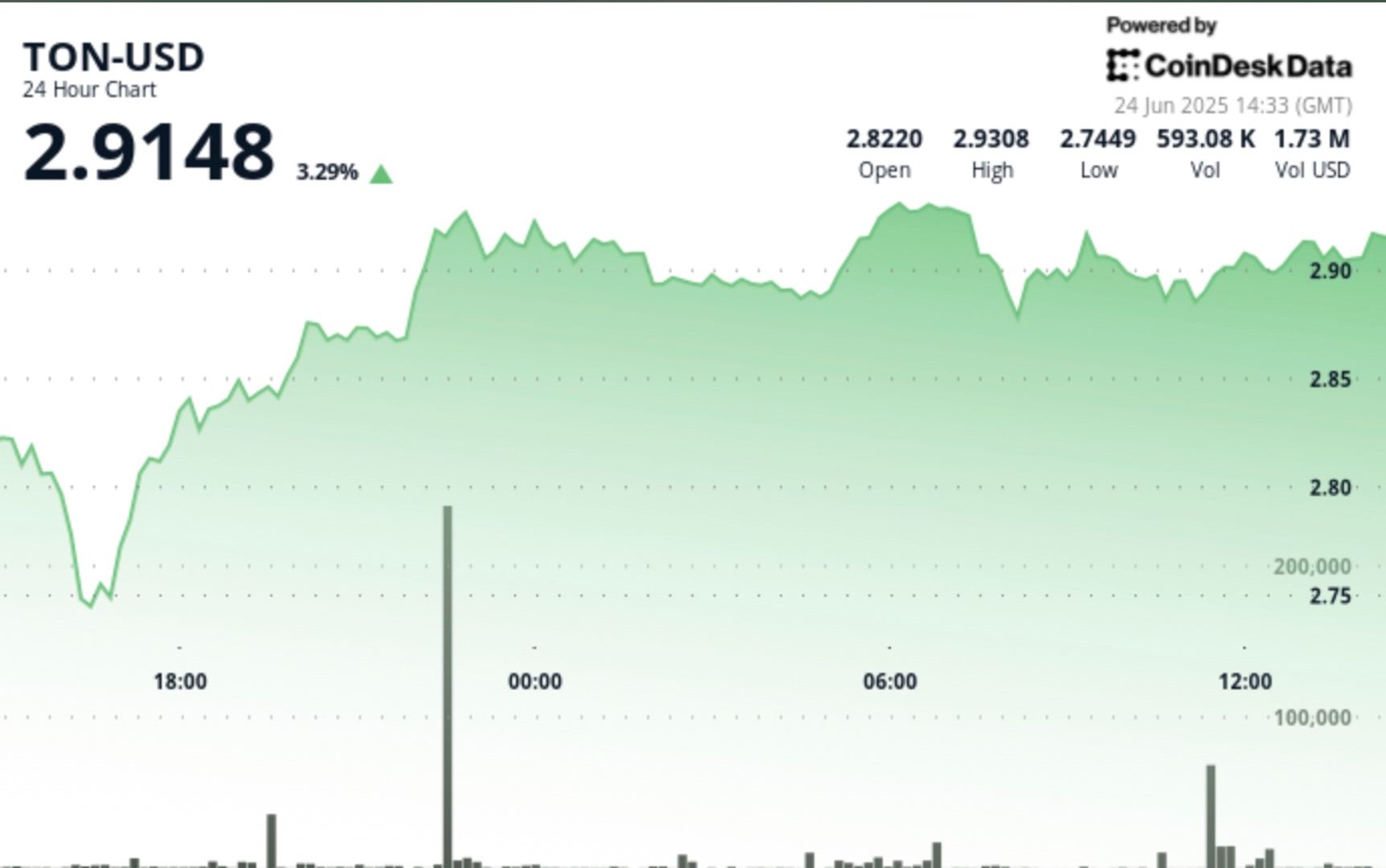This Shrinking County Will Lose More Than 1 Million Residents By 2100
The U.S. population is undergoing a massive shift. As the country adds tens of millions of new residents in the coming 75 years, a larger share of Americans will live in urban areas where infrastructure, services, and economic opportunities will in turn be increasingly concentrated. While the transition is supercharging growth in key metro areas […] The post This Shrinking County Will Lose More Than 1 Million Residents By 2100 appeared first on 24/7 Wall St..

Key Points
-
Over the next 75 years, the U.S. population will grow by more than 30 million people.
-
An increasing shift in population from rural areas to fast-growing metros in the South and West will create some population winners, and some losers.
-
Some counties are forecast to shed more than 250,000 residents — some more than half of their population.
-
Planning for the future? Click here to talk to a financial advisor.
The U.S. population is undergoing a massive shift. As the country adds tens of millions of new residents in the coming 75 years, a larger share of Americans will live in urban areas where infrastructure, services, and economic opportunities will in turn be increasingly concentrated. While the transition is supercharging growth in key metro areas like Austin, Phoenix, and Atlanta, domestic migration patterns will also create huge population declines in other parts of the country.
New research from NASA’s Socioeconomic Data and Applications Center projects county-level population change through 2100. The dataset shows dozens of counties in the South and Midwest forecast to add more than 1 million new residents over the next 75 years, while others — mostly in the Midwest — will lose more than 250,000 residents. Some are set to lose more than half of their populations as aging populations and low birth rates spur natural decline and infrastructural declines lead to outbound migration. A closer look at the data reveals the counties that will shrink the most by 2100.
To identify the counties expected to have the largest population increases over the next 75 years, 24/7 Wall St. analyzed data from NASA’s SEDAC U.S. County-Level Population Projections. Counties were ranked based on projected raw population decline from 2025 to 2100. Population projections are based on SSP2 in the Shared Socioeconomic Pathways system, a “middle-of-the-road” scenario in which historical demographic trends largely continue. Supplemental data on median household income is from the U.S. Census Bureau’s 2023 American Community Survey. Economic sector data is from the Bureau of Economic Analysis and reflects each county’s largest industry by GDP share.
40. Cameron County, TX

- Projected population decline, 2025-2100: -98,816 residents
- Projected population, 2100: 342,787 residents
- Current population, 2025: 441,603 residents
- Median household income: $51,334
- Largest industry: Government and government enterprises (17.7% of GDP)
- Largest cities: Brownsville, Harlingen, San Benito, Los Fresnos, La Feria, Cameron Park, Primera
39. St. Louis County, MO

- Projected population decline, 2025-2100: -103,243 residents
- Projected population, 2100: 921,984 residents
- Current population, 2025: 1,025,227 residents
- Median household income: $81,340
- Largest industry: Real estate and rental and leasing (13.4% of GDP)
- Largest cities: Florissant, Chesterfield, Oakville, Wildwood, University City, Ballwin, Kirkwood
38. Niagara County, NY

- Projected population decline, 2025-2100: -107,927 residents
- Projected population, 2100: 96,222 residents
- Current population, 2025: 204,149 residents
- Median household income: $67,809
- Largest industry: Utilities (19.0% of GDP)
- Largest cities: Niagara Falls, North Tonawanda, Lockport, South Lockport, Newfane, Lewiston, Middleport
37. Trumbull County, OH

- Projected population decline, 2025-2100: -108,078 residents
- Projected population, 2100: 83,617 residents
- Current population, 2025: 191,696 residents
- Median household income: $55,088
- Largest industry: Manufacturing (14.6% of GDP)
- Largest cities: Warren, Niles, Girard, Hubbard, Cortland, Champion Heights, Howland Center
36. Erie County, PA

- Projected population decline, 2025-2100: -109,174 residents
- Projected population, 2100: 162,985 residents
- Current population, 2025: 272,159 residents
- Median household income: $61,476
- Largest industry: Manufacturing (16.3% of GDP)
- Largest cities: Erie, Northwest Harborcreek, Corry, Edinboro, North East, Lawrence Park, Wesleyville
35. Baltimore city, MD

- Projected population decline, 2025-2100: -110,315 residents
- Projected population, 2100: 513,934 residents
- Current population, 2025: 624,249 residents
- Median household income: $59,623
- Largest industry: Government and government enterprises (17.2% of GDP)
- Largest cities: Baltimore
34. Summit County, OH

- Projected population decline, 2025-2100: -114,318 residents
- Projected population, 2100: 432,265 residents
- Current population, 2025: 546,583 residents
- Median household income: $71,016
- Largest industry: Real estate and rental and leasing (12.0% of GDP)
- Largest cities: Akron, Cuyahoga Falls, Stow, Green, Barberton, Hudson, Twinsburg
33. Hamilton County, OH

- Projected population decline, 2025-2100: -115,380 residents
- Projected population, 2100: 710,674 residents
- Current population, 2025: 826,054 residents
- Median household income: $70,816
- Largest industry: Finance and insurance (21.4% of GDP)
- Largest cities: Cincinnati, Forest Park, White Oak, Norwood, Sharonville, Bridgetown, Blue Ash
32. Saginaw County, MI
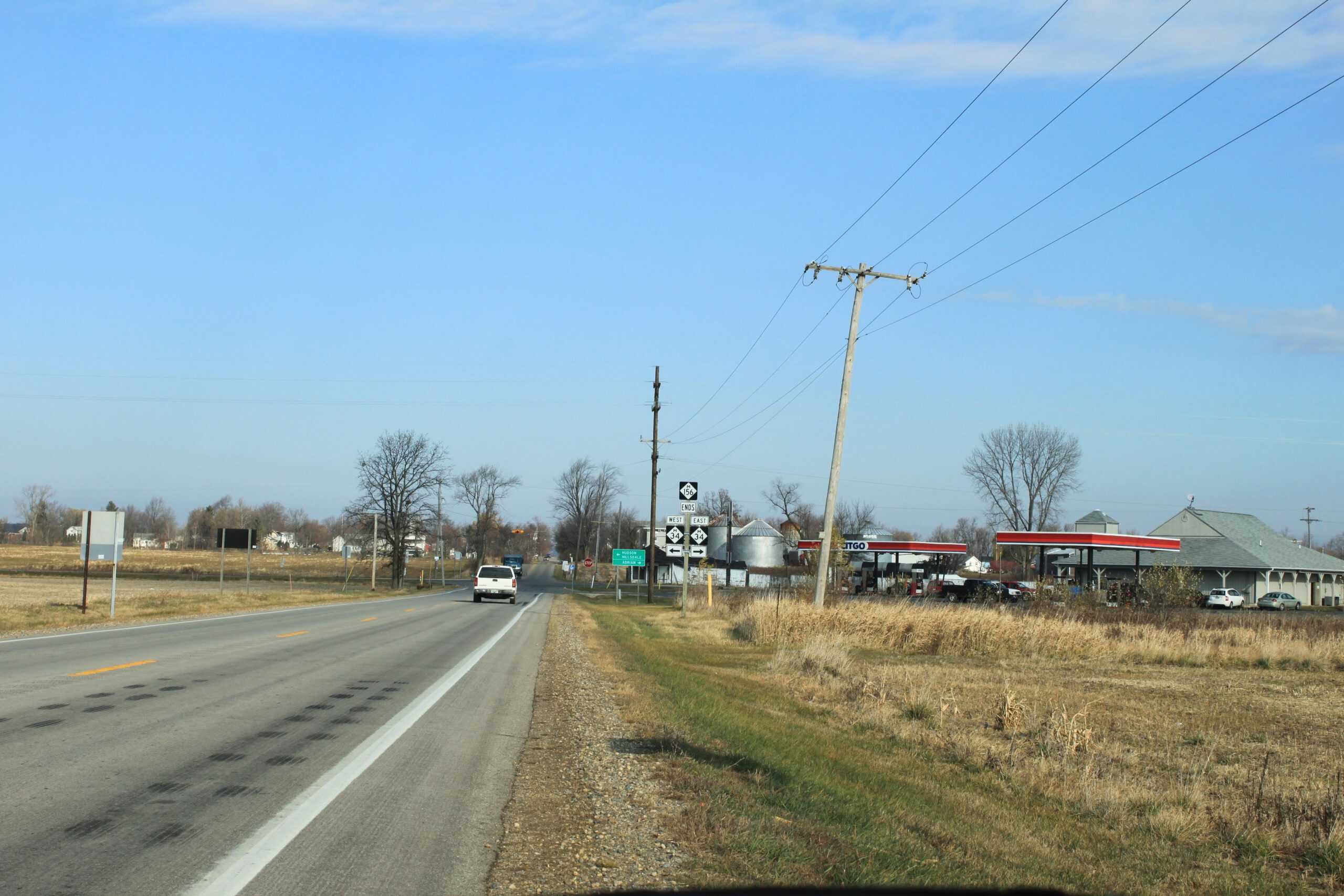
- Projected population decline, 2025-2100: -115,531 residents
- Projected population, 2100: 65,037 residents
- Current population, 2025: 180,568 residents
- Median household income: $58,347
- Largest industry: Manufacturing (20.2% of GDP)
- Largest cities: Saginaw, Shields, Freeland, Bridgeport, Buena Vista, Frankenmuth, Chesaning
31. Caddo Parish, LA

- Projected population decline, 2025-2100: -120,928 residents
- Projected population, 2100: 122,262 residents
- Current population, 2025: 243,190 residents
- Median household income: $50,067
- Largest industry: Health care and social assistance (13.9% of GDP)
- Largest cities: Shreveport, Blanchard, Greenwood, Vivian, Oil City, Lakeview, Mooringsport
30. Hillsborough County, NH

- Projected population decline, 2025-2100: -123,501 residents
- Projected population, 2100: 289,270 residents
- Current population, 2025: 412,771 residents
- Median household income: $100,436
- Largest industry: Professional, scientific, and technical services (11.2% of GDP)
- Largest cities: Manchester, Nashua, Milford, Hudson, Pinardville, East Merrimack, Goffstown
29. McHenry County, IL

- Projected population decline, 2025-2100: -124,096 residents
- Projected population, 2100: 181,247 residents
- Current population, 2025: 305,342 residents
- Median household income: $102,836
- Largest industry: Manufacturing (17.3% of GDP)
- Largest cities: Crystal Lake, Algonquin, Lake in the Hills, Huntley, McHenry, Woodstock, Cary
28. Mobile County, AL

- Projected population decline, 2025-2100: -131,911 residents
- Projected population, 2100: 283,391 residents
- Current population, 2025: 415,303 residents
- Median household income: $58,119
- Largest industry: Manufacturing (23.4% of GDP)
- Largest cities: Mobile, Prichard, Tillmans Corner, Saraland, Satsuma, Chickasaw, Semmes
27. Madison County, IL

- Projected population decline, 2025-2100: -134,417 residents
- Projected population, 2100: 123,953 residents
- Current population, 2025: 258,371 residents
- Median household income: $74,800
- Largest industry: Manufacturing (15.5% of GDP)
- Largest cities: Granite City, Edwardsville, Alton, Collinsville, Godfrey, Glen Carbon, Troy
26. Stark County, OH
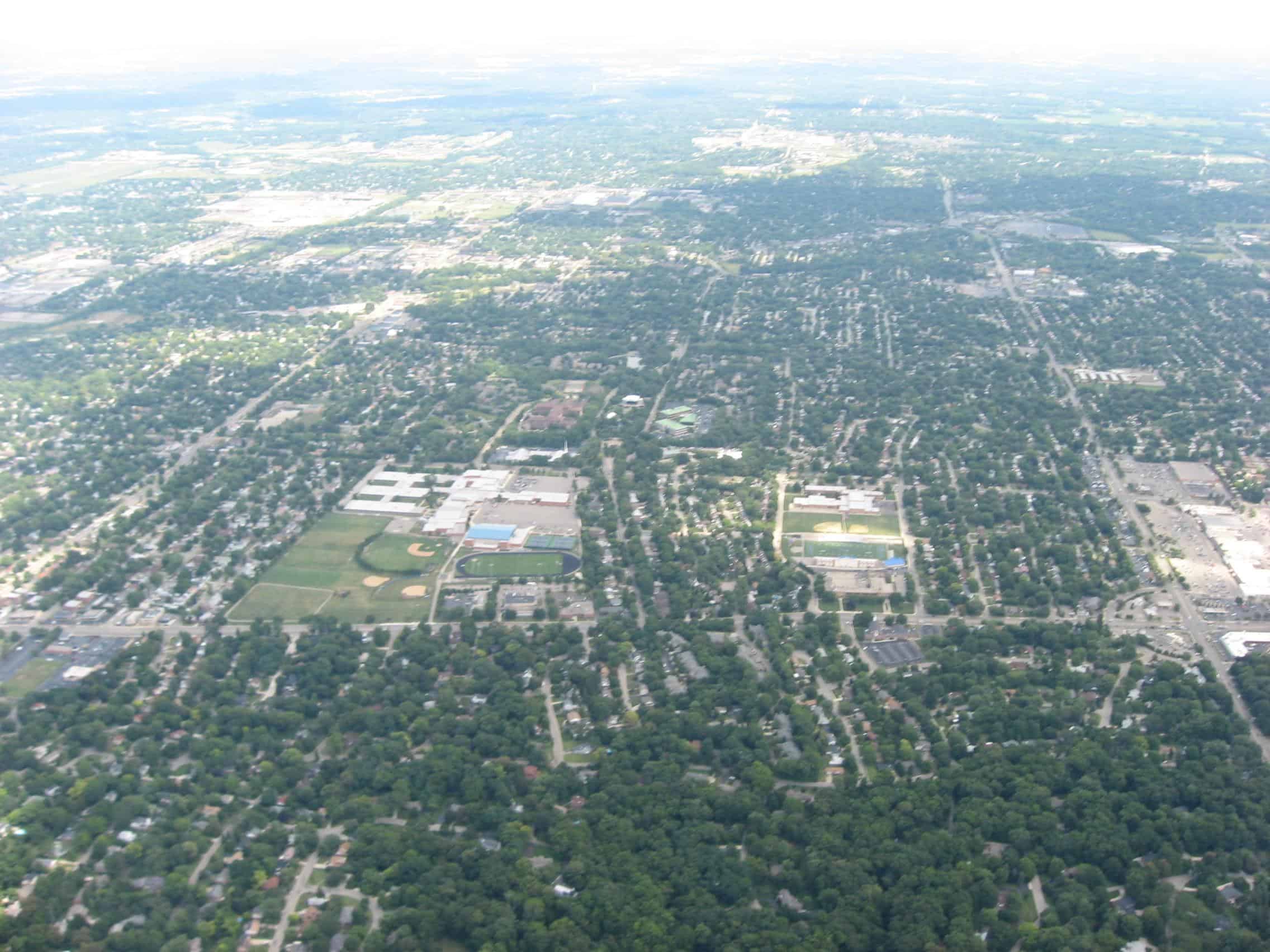
- Projected population decline, 2025-2100: -134,838 residents
- Projected population, 2100: 238,870 residents
- Current population, 2025: 373,708 residents
- Median household income: $65,740
- Largest industry: Manufacturing (25.6% of GDP)
- Largest cities: Canton, Massillon, Alliance, North Canton, Louisville, Perry Heights, Uniontown
25. Winnebago County, IL
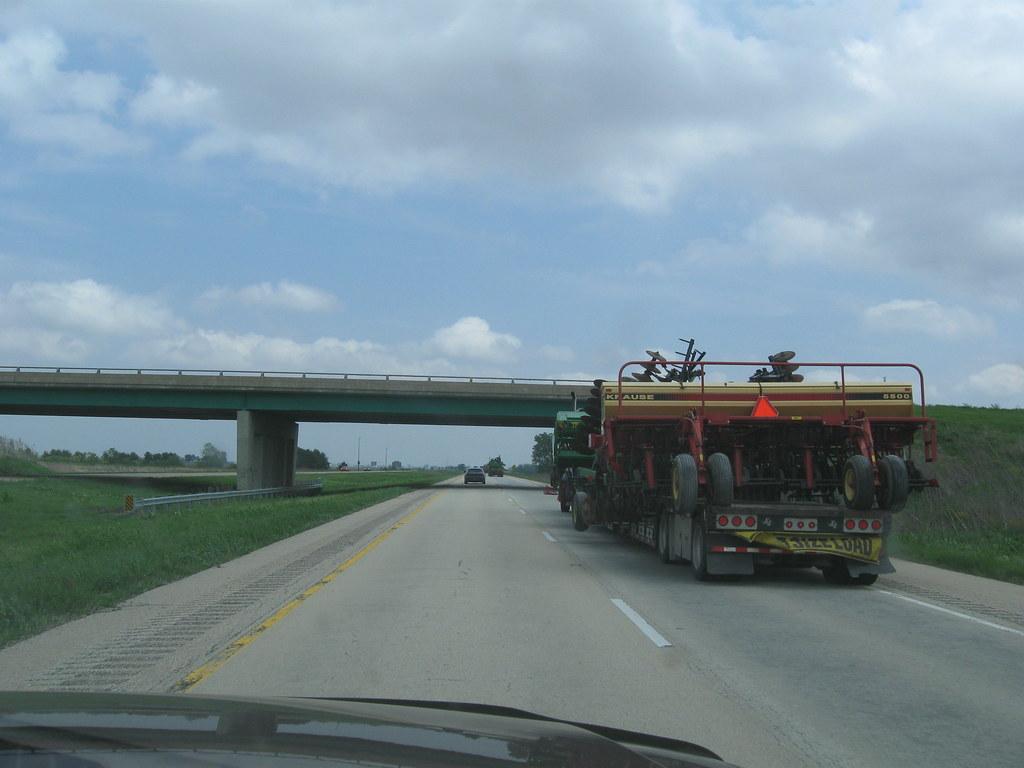
- Projected population decline, 2025-2100: -135,744 residents
- Projected population, 2100: 135,336 residents
- Current population, 2025: 271,080 residents
- Median household income: $64,363
- Largest industry: Manufacturing (22.2% of GDP)
- Largest cities: Rockford, Loves Park, Machesney Park, Roscoe, Rockton, South Beloit, Winnebago
24. Camden County, NJ

- Projected population decline, 2025-2100: -138,472 residents
- Projected population, 2100: 369,492 residents
- Current population, 2025: 507,964 residents
- Median household income: $86,384
- Largest industry: Real estate and rental and leasing (17.1% of GDP)
- Largest cities: Camden, Lindenwold, Springdale, Collingswood, Echelon, Cherry Hill Mall, Haddonfield
23. Richmond County, NY

- Projected population decline, 2025-2100: -141,324 residents
- Projected population, 2100: 341,459 residents
- Current population, 2025: 482,784 residents
- Median household income: $98,290
- Largest industry: Government and government enterprises (16.1% of GDP)
- Largest cities: New York
22. DuPage County, IL

- Projected population decline, 2025-2100: -143,932 residents
- Projected population, 2100: 816,255 residents
- Current population, 2025: 960,187 residents
- Median household income: $110,502
- Largest industry: Real estate and rental and leasing (12.5% of GDP)
- Largest cities: Naperville, Wheaton, Downers Grove, Elmhurst, Lombard, Bartlett, Carol Stream
21. Bucks County, PA

- Projected population decline, 2025-2100: -147,003 residents
- Projected population, 2100: 483,970 residents
- Current population, 2025: 630,973 residents
- Median household income: $111,951
- Largest industry: Real estate and rental and leasing (17.0% of GDP)
- Largest cities: Levittown, Bristol, Croydon, Morrisville, Quakertown, Perkasie, Fairless Hills
20. St. Clair County, IL

- Projected population decline, 2025-2100: -149,867 residents
- Projected population, 2100: 100,499 residents
- Current population, 2025: 250,366 residents
- Median household income: $70,178
- Largest industry: Government and government enterprises (19.8% of GDP)
- Largest cities: Belleville, O’Fallon, East St. Louis, Fairview Heights, Swansea, Shiloh, Mascoutah
19. Allegheny County, PA

- Projected population decline, 2025-2100: -157,094 residents
- Projected population, 2100: 1,093,187 residents
- Current population, 2025: 1,250,282 residents
- Median household income: $76,393
- Largest industry: Real estate and rental and leasing (11.0% of GDP)
- Largest cities: Pittsburgh, Bethel Park, Monroeville, Plum, Allison Park, Baldwin, West Mifflin
18. Shelby County, TN

- Projected population decline, 2025-2100: -158,410 residents
- Projected population, 2100: 794,112 residents
- Current population, 2025: 952,522 residents
- Median household income: $62,337
- Largest industry: Manufacturing (10.8% of GDP)
- Largest cities: Memphis, Bartlett, Collierville, Germantown, Arlington, Lakeland, Millington
17. Onondaga County, NY

- Projected population decline, 2025-2100: -159,927 residents
- Projected population, 2100: 307,967 residents
- Current population, 2025: 467,894 residents
- Median household income: $74,740
- Largest industry: Government and government enterprises (15.0% of GDP)
- Largest cities: Syracuse, Fairmount, Baldwinsville, North Syracuse, Solvay, Mattydale, Westvale
16. Montgomery County, OH

- Projected population decline, 2025-2100: -169,926 residents
- Projected population, 2100: 353,315 residents
- Current population, 2025: 523,241 residents
- Median household income: $64,403
- Largest industry: Health care and social assistance (13.0% of GDP)
- Largest cities: Dayton, Kettering, Huber Heights, Centerville, Riverside, Trotwood, Miamisburg
15. Westmoreland County, PA

- Projected population decline, 2025-2100: -171,471 residents
- Projected population, 2100: 171,084 residents
- Current population, 2025: 342,555 residents
- Median household income: $72,468
- Largest industry: Real estate and rental and leasing (14.1% of GDP)
- Largest cities: Murrysville, Greensburg, New Kensington, Lower Burrell, Jeannette, Latrobe, Monessen
14. Kane County, IL

- Projected population decline, 2025-2100: -178,506 residents
- Projected population, 2100: 380,943 residents
- Current population, 2025: 559,449 residents
- Median household income: $100,678
- Largest industry: Manufacturing (18.6% of GDP)
- Largest cities: Aurora, Elgin, Carpentersville, St. Charles, Batavia, South Elgin, Geneva
13. Lucas County, OH

- Projected population decline, 2025-2100: -187,081 residents
- Projected population, 2100: 233,670 residents
- Current population, 2025: 420,751 residents
- Median household income: $60,095
- Largest industry: Manufacturing (25.3% of GDP)
- Largest cities: Toledo, Oregon, Sylvania, Maumee, Waterville, Ottawa Hills, Whitehouse
12. Will County, IL
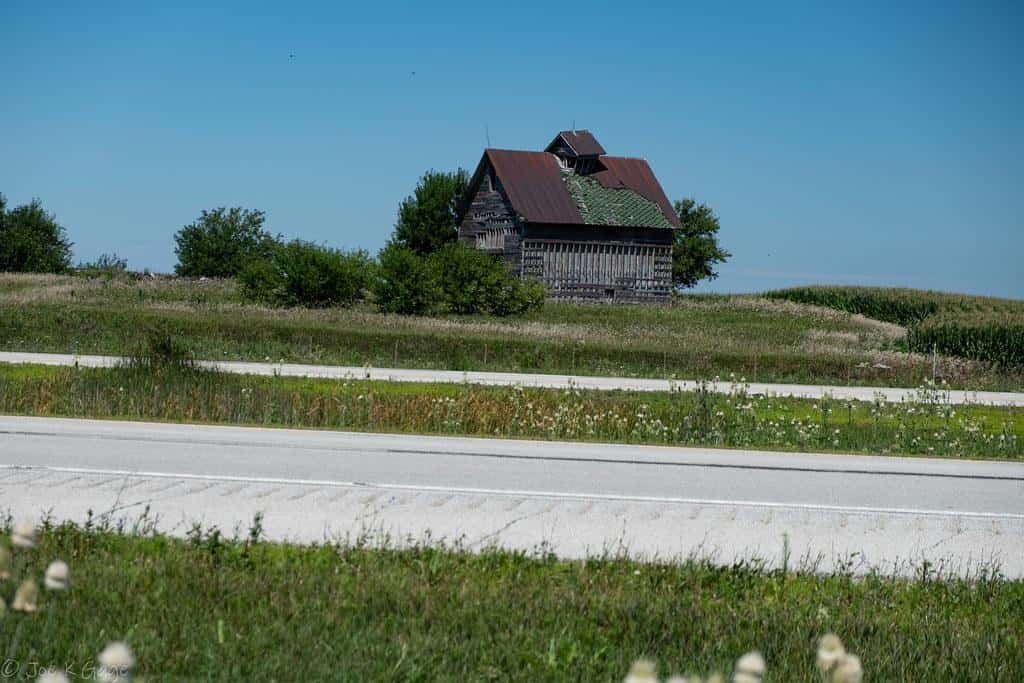
- Projected population decline, 2025-2100: -189,153 residents
- Projected population, 2100: 516,215 residents
- Current population, 2025: 705,368 residents
- Median household income: $107,799
- Largest industry: Manufacturing (16.6% of GDP)
- Largest cities: Joliet, Bolingbrook, Plainfield, Romeoville, New Lenox, Lockport, Homer Glen
11. Jefferson County, AL

- Projected population decline, 2025-2100: -194,427 residents
- Projected population, 2100: 474,758 residents
- Current population, 2025: 669,185 residents
- Median household income: $64,589
- Largest industry: Government and government enterprises (12.4% of GDP)
- Largest cities: Birmingham, Hoover, Vestavia Hills, Homewood, Bessemer, Trussville, Mountain Brook
10. Monroe County, NY

- Projected population decline, 2025-2100: -212,376 residents
- Projected population, 2100: 547,084 residents
- Current population, 2025: 759,460 residents
- Median household income: $74,409
- Largest industry: Real estate and rental and leasing (14.8% of GDP)
- Largest cities: Rochester, Irondequoit, Brighton, Greece, North Gates, Brockport, East Rochester
9. Erie County, NY

- Projected population decline, 2025-2100: -225,004 residents
- Projected population, 2100: 708,033 residents
- Current population, 2025: 933,037 residents
- Median household income: $71,175
- Largest industry: Real estate and rental and leasing (14.4% of GDP)
- Largest cities: Buffalo, Cheektowaga, West Seneca, Lackawanna, Kenmore, Depew, Tonawanda
8. Ocean County, NJ

- Projected population decline, 2025-2100: -236,694 residents
- Projected population, 2100: 350,297 residents
- Current population, 2025: 586,991 residents
- Median household income: $86,411
- Largest industry: Real estate and rental and leasing (27.3% of GDP)
- Largest cities: Toms River, Lakewood, Point Pleasant, Ocean Acres, Holiday City-Berkeley, Beachwood, Pine Lake Park
7. Monmouth County, NJ

- Projected population decline, 2025-2100: -238,774 residents
- Projected population, 2100: 381,534 residents
- Current population, 2025: 620,308 residents
- Median household income: $122,727
- Largest industry: Real estate and rental and leasing (20.7% of GDP)
- Largest cities: Long Branch, Tinton Falls, Asbury Park, West Freehold, Eatontown, Red Bank, Robertsville
6. Lake County, IL

- Projected population decline, 2025-2100: -242,502 residents
- Projected population, 2100: 457,715 residents
- Current population, 2025: 700,217 residents
- Median household income: $108,917
- Largest industry: Manufacturing (26.7% of GDP)
- Largest cities: Waukegan, Buffalo Grove, Mundelein, North Chicago, Gurnee, Highland Park, Round Lake Beach
5. Genesee County, MI

- Projected population decline, 2025-2100: -253,194 residents
- Projected population, 2100: 128,118 residents
- Current population, 2025: 381,312 residents
- Median household income: $60,673
- Largest industry: Retail trade (13.6% of GDP)
- Largest cities: Flint, Burton, Fenton, Beecher, Flushing, Grand Blanc, Lake Fenton
4. Cuyahoga County, OH
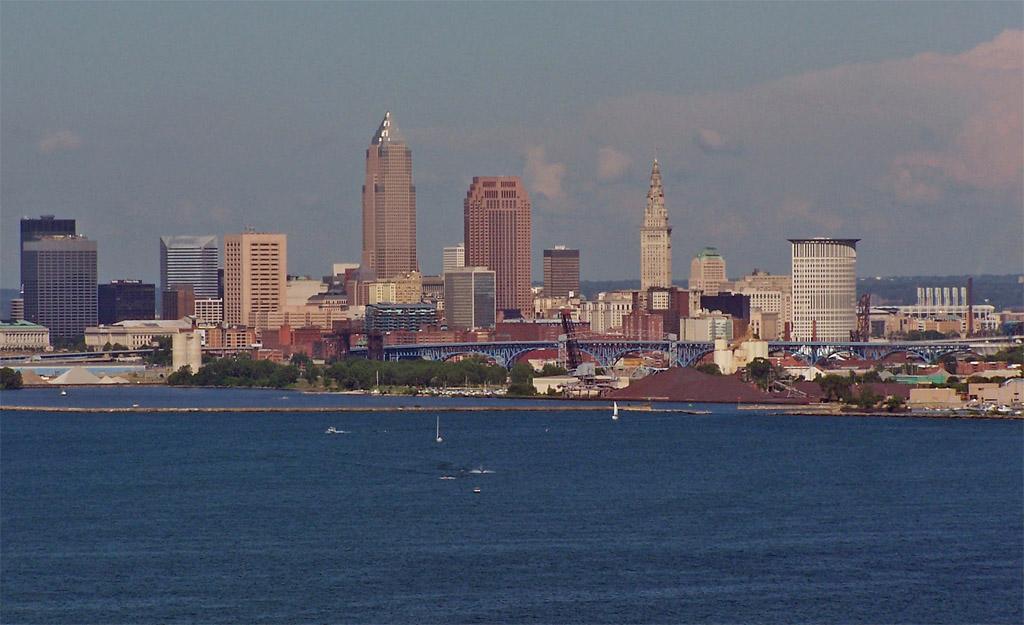
- Projected population decline, 2025-2100: -265,634 residents
- Projected population, 2100: 978,987 residents
- Current population, 2025: 1,244,621 residents
- Median household income: $62,823
- Largest industry: Finance and insurance (17.0% of GDP)
- Largest cities: Cleveland, Parma, Lakewood, Euclid, Strongsville, Cleveland Heights, Westlake
3. Suffolk County, NY

- Projected population decline, 2025-2100: -287,542 residents
- Projected population, 2100: 1,217,720 residents
- Current population, 2025: 1,505,262 residents
- Median household income: $128,329
- Largest industry: Government and government enterprises (12.3% of GDP)
- Largest cities: Brentwood, West Babylon, Coram, Central Islip, Commack, Huntington Station, Centereach
2. Wayne County, MI

- Projected population decline, 2025-2100: -794,080 residents
- Projected population, 2100: 881,193 residents
- Current population, 2025: 1,675,273 residents
- Median household income: $59,521
- Largest industry: Manufacturing (15.9% of GDP)
- Largest cities: Detroit, Dearborn, Livonia, Westland, Taylor, Dearborn Heights, Lincoln Park
1. Cook County, IL

- Projected population decline, 2025-2100: -1,158,683 residents
- Projected population, 2100: 4,188,836 residents
- Current population, 2025: 5,347,519 residents
- Median household income: $81,797
- Largest industry: Real estate and rental and leasing (14.2% of GDP)
- Largest cities: Chicago, Cicero, Schaumburg, Evanston, Arlington Heights, Palatine, Skokie
The post This Shrinking County Will Lose More Than 1 Million Residents By 2100 appeared first on 24/7 Wall St..





























































